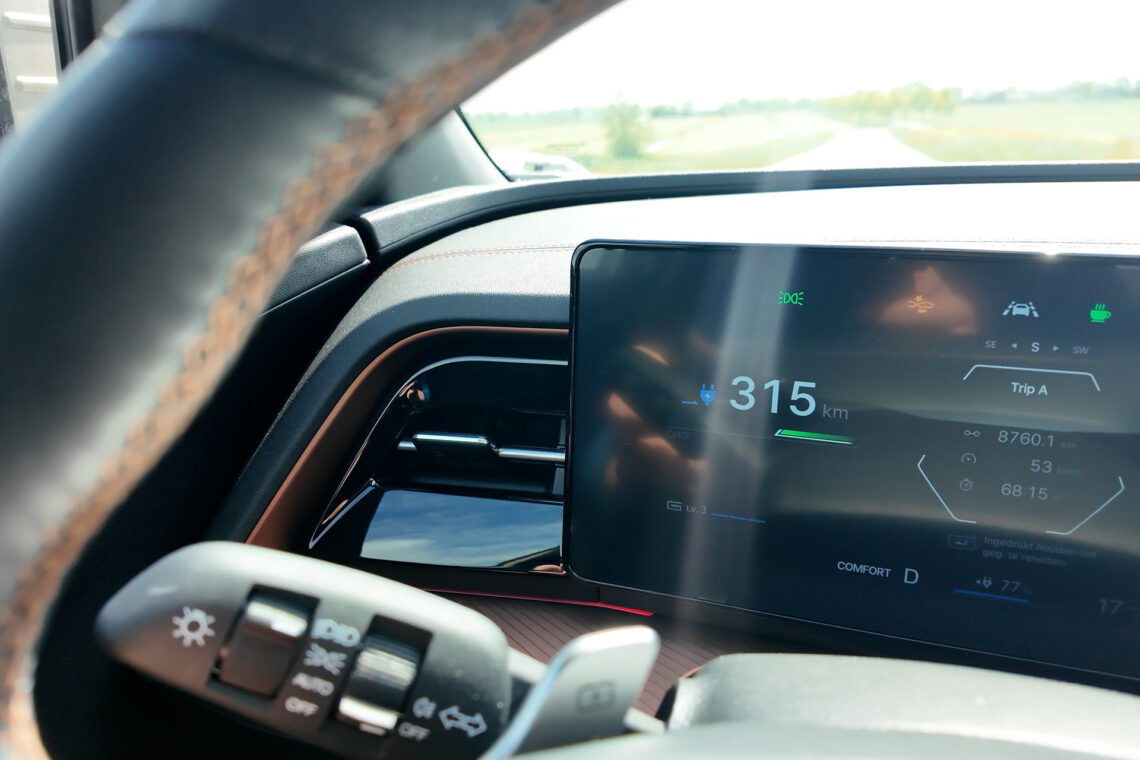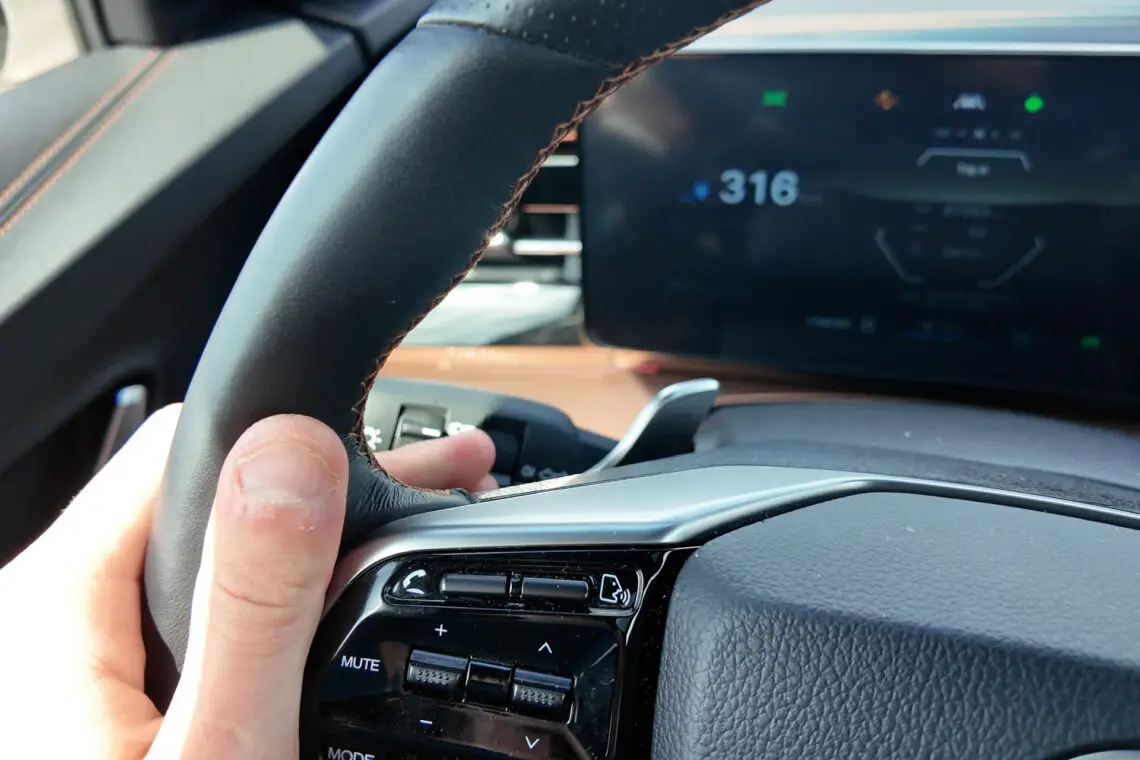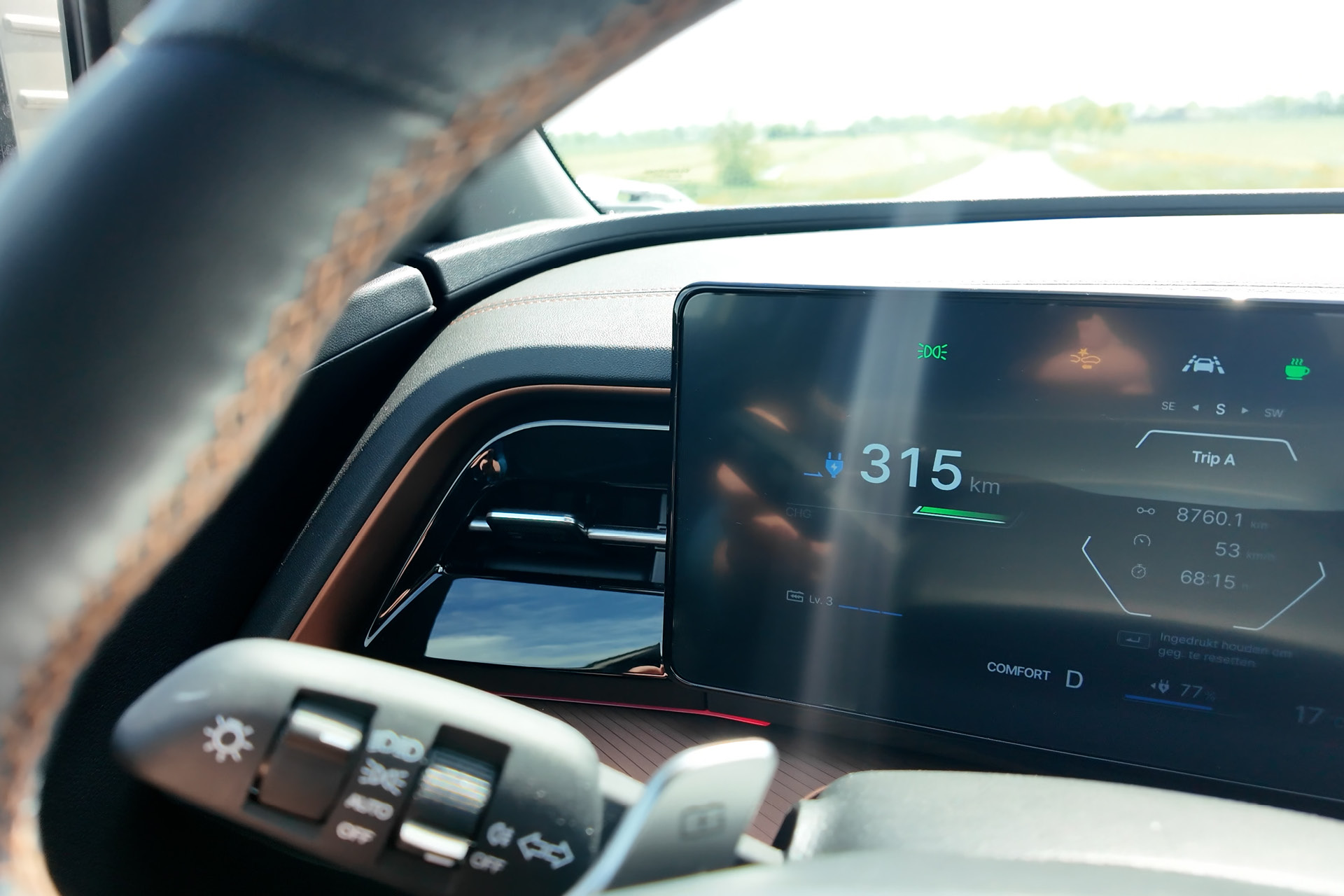What is regenerative braking and how does it work?
What is regenerative braking?
Regenerative braking is a technique in which an electric car converts kinetic energy, energy of motion, into electrical energy. This happens as soon as you release the gas pedal or press the brake pedal when decelerating. So the kinetic energy is not lost. It is recovered and stored in the battery.
In a car with a fuel engine, when braking, kinetic energy is converted into deceleration. Heat is also generated in the brake pads and discs. So this is where energy is lost. With regenerative braking, the opposite happens. The car “captures” some of the deceleration and converts it into electricity. That makes it a more efficient way of slowing down, especially when driving electrically.
Especially electric and hybrid vehicles make use of this. In hybrid models, the system is often combined with an internal combustion engine. Fully electric cars rely entirely on the electric motor for both propulsion and braking power, in addition to the mechanical brake pedal.

How does the technology work?
Regenerative braking is all about the electric motor, which temporarily turns into a generator. When you release the gas pedal or slow down, instead of providing drive, the electric motor actually begins to provide resistance. That resistance causes the car to decelerate. At the same time, the spinning motion of the wheels is converted into electrical energy.
Yet regenerative braking is rarely used as the only braking method. In hard braking or emergency situations, the vehicle automatically switches to mechanical braking, so you always have enough stopping power. Regenerative braking thus works best in daily traffic situations with gradual decelerations, such as city traffic or traffic jams.
Different levels
Regenerative braking is not the same on every vehicle. Many manufacturers offer adjustable levels of recovery, ranging from light resistance (coasting) to full “one-pedal driving,” where you control virtually everything with just the accelerator pedal.
When coasting, the car lets out almost freely when you release the gas pedal. This is similar to a fuel car in neutral. In one-pedal driving, on the other hand, the electric car brakes vigorously as soon as you release the gas pedal. Thus, you have almost no need for the brake pedal. This is especially useful in city traffic, but requires some getting used to.
How the degree of regeneration is set varies by brand. Some models let you adjust it via flippers behind the wheel, others via a menu on the infotainment system. The type of powertrain also makes a difference. Fully electric cars (EVs) can typically recover more braking energy than plug-in hybrids (PHEVs) or regular hybrids, simply because their batteries are larger and the electric motor is more powerful.

Benefits of regenerative braking
One of the biggest advantages of regenerative braking is that it increases an electric car’s range. By recovering energy with each deceleration, you save on power consumption and need to recharge less often. Especially in stop-and-go traffic, this is noticeable: every time you decelerate, you actually “refuel” a little bit.
A second benefit is the reduced wear on brake components. Because you use the mechanical brakes less, brake pads and discs wear more slowly. That means less maintenance and lower costs in the long run. In addition, regenerative braking contributes to a more efficient use of energy in traffic. It reduces wasted energy, especially during traffic jams or downhill driving, for example. The principle thus fits seamlessly with the sustainability goals of electric driving.
Disadvantages of regenerative braking
Although regenerative braking has many advantages, there are also some caveats. For example, the system does not work as well when the battery is fully charged. There is then simply no more room to store additional energy. In that case, the vehicle switches partially or completely to conventional braking. Regenerative braking can also be abrupt in slippery conditions, such as snow or wet leaves. Some systems therefore temporarily disable it or reduce its intensity to prevent the wheels from locking or reacting unpredictably.
Another disadvantage is that regenerative braking is not always predictable for fellow road users. Because you don’t step on the brake pedal as much or as often, your brake lights may come on later or less often, even though you can brake quite hard. As a result, drivers behind you may be surprised by a suddenly decelerating car, especially with heavy use of one-pedal driving. However, most electric cars are tuned so that the brake lights will come on when the gas pedal is released.
Coming to a stop for a moment
Regenerative braking is a clever technique by which electric and hybrid cars recover energy during deceleration. Instead of losing kinetic energy, this energy is converted into electricity and stored in the battery. The system extends your range, reduces wear and tear and contributes to a more efficient driving experience.

